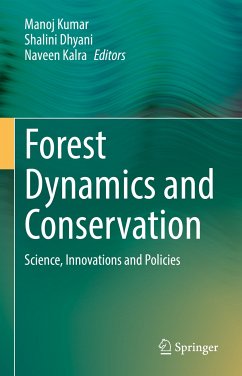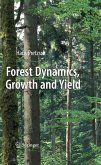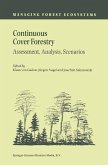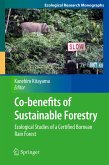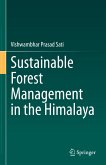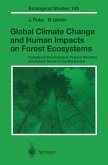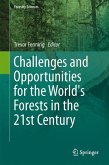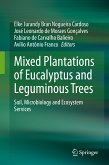Forest ecosystems are rapidly changing due to forest fires, deforestation, urbanization, climate change, and other natural and anthropogenic drivers. Understanding the dynamics of forest ecosystems requires contemporary methods and measures, utilizing modern tools and big data for developing effective conservation plans. The book also covers discussion on policies for sustainable forestry, agroforestry, environmental governance, socio-ecology, nature-based solutions, and management implication.
It is suitable for a wide range of readers working in the field of scientific forestry, policy making, and forest management. In addition, it is a useful material for postgraduate and research students of forestry sciences.
Dieser Download kann aus rechtlichen Gründen nur mit Rechnungsadresse in A, B, BG, CY, CZ, D, DK, EW, E, FIN, F, GR, HR, H, IRL, I, LT, L, LR, M, NL, PL, P, R, S, SLO, SK ausgeliefert werden.

